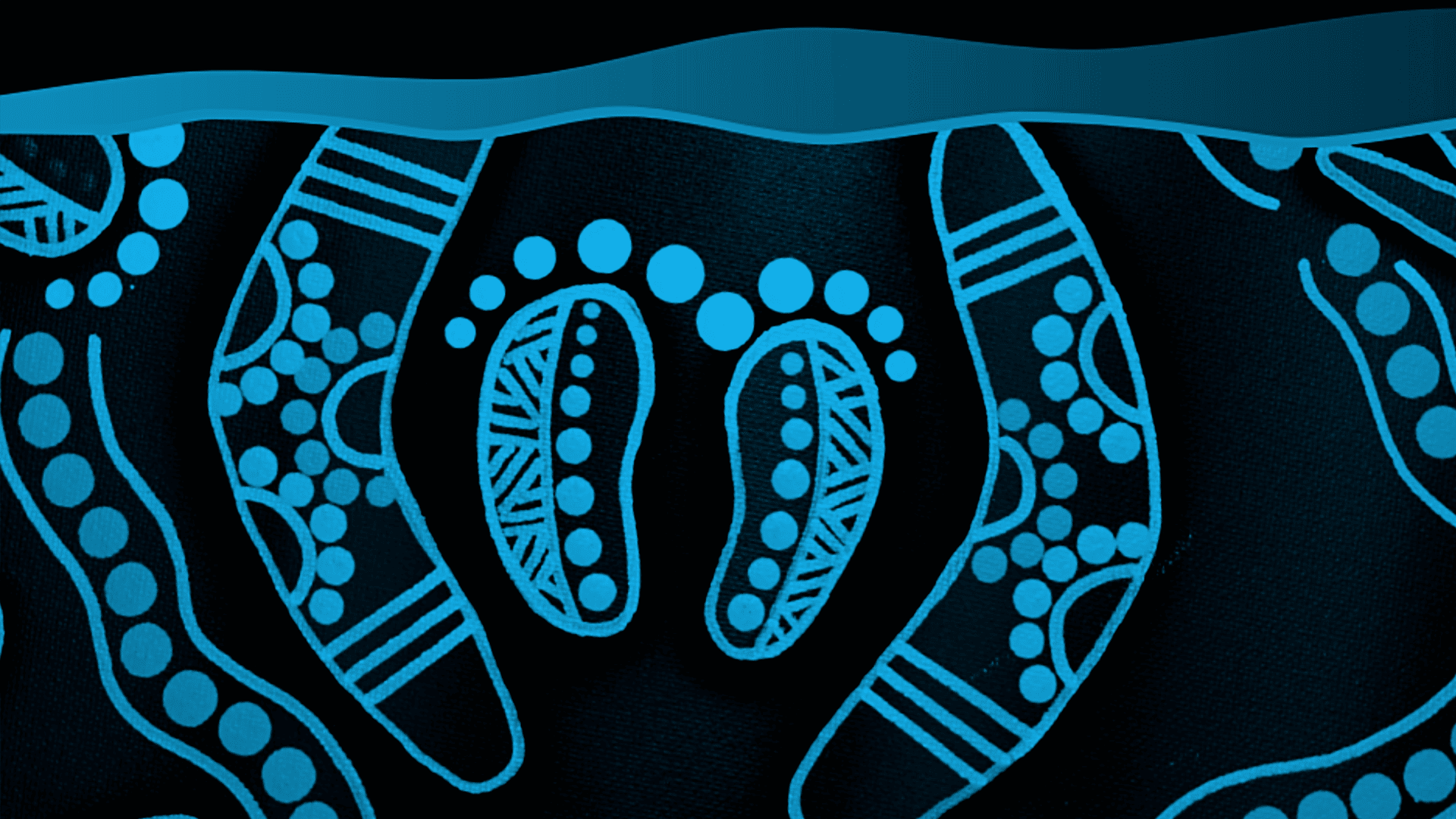
With last month’s NAIDOC week now behind us, it’s timely to look at the Healthy Deadly Feet Project (HDF Project). While this pilot project is specific to NSW, there are strategies in here which podiatrists nationwide may like to reflect on. You can look up the project in full here, and below are some key points about the program, which can be sourced in more detail here.
The HDF Project aims to:
#1 Increase the Aboriginal and Torres Strait Islander workforce in foot care and podiatry in NSW Health, and;
#2 Improve diabetes-related foot disease outcomes for Aboriginal and Torres Strait Islander people in NSW.
The project team will work with podiatrists, Aboriginal Health Workers and practitioners, as well as Aboriginal/non-Aboriginal allied health assistants from participating local health districts and special health networks in NSW.
In line with improving access to High Risk Foot Services in NSW this project aims to increase the Aboriginal workforce in foot care and podiatry and improve diabetes related foot disease outcomes for Aboriginal people in NSW.
There are five pillars behind the program which you can read about on page seven here. The HDF team will support Aboriginal people in their communities across three domains of care:
You can read more about these details on page 14 here.
They feature greatly, as seen for example in the diabetes screening tool between pages 41 to 44 of the program and on the Foot Risk Stratification chart on page 48.
Diabetes and diabetes related foot disease are disproportionately prevalent in the Aboriginal population. In NSW, Aboriginal people experience almost a four-fold amputation rate due to diabetes-related foot disease when compared to non-Aboriginal people. A literature review* in 2016 recommended an increase in the NSW Aboriginal workforce in foot care and podiatry to provide culturally safe and community focused care for Aboriginal people with diabetes related foot disease.
The NSW Ministry of Health, along with partners, developed the HDF Project. To make it happen, partners are working with four districts and one network in the HDF pilot project.
The increase in the Aboriginal workforce in foot care services (and the establishment of High Risk Foot Services across NSW) should improve access for First Nations people to access culturally safe foot care services, as well as increase screening and early intervention.
This should lead to the following benefits:
Head here to download resources and more information on the program’s governance and pathways.
© Copyright 2021 The Australian Podiatry Association
